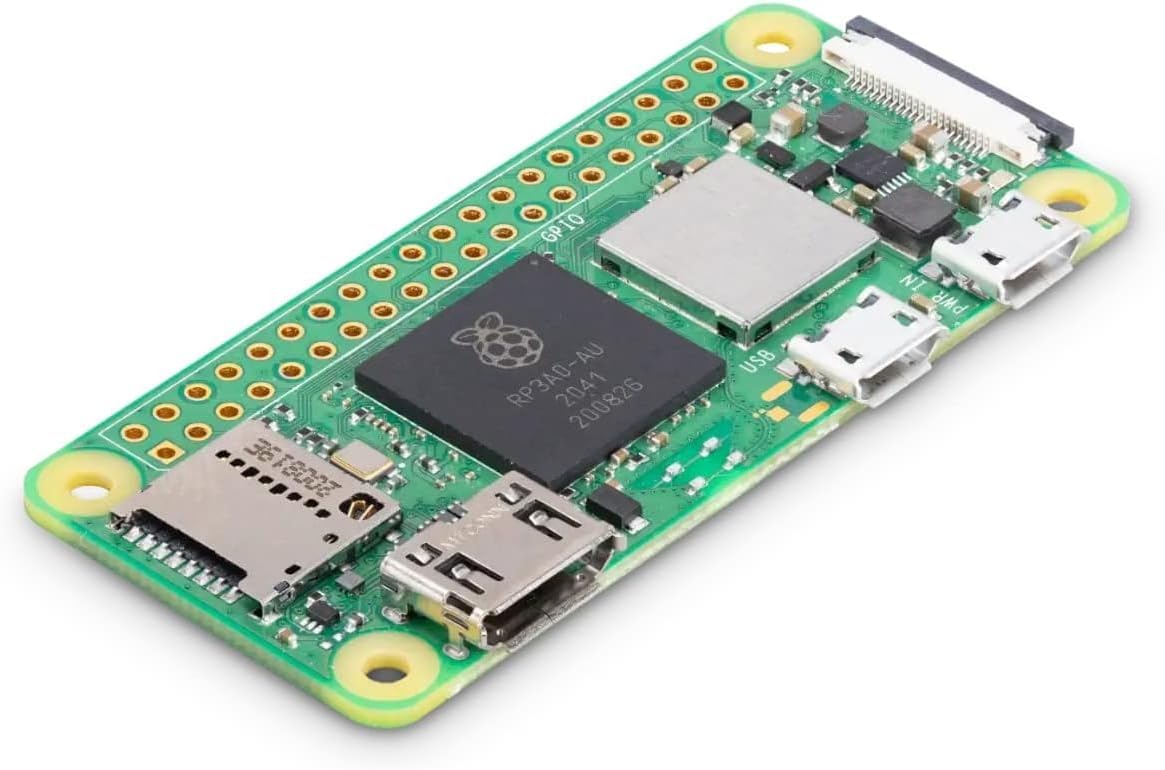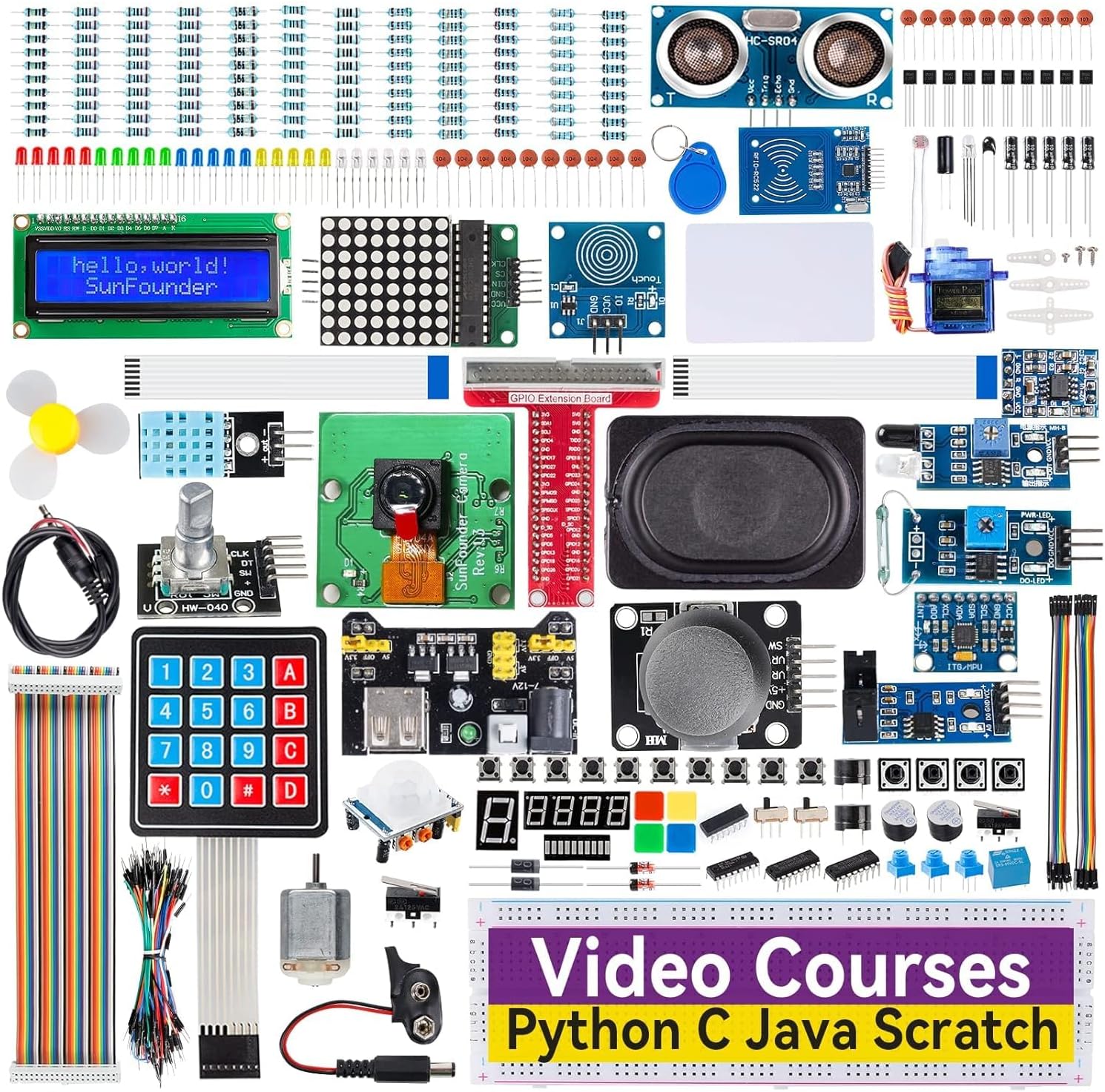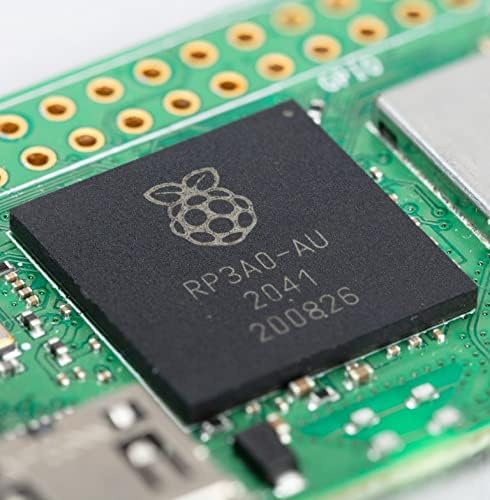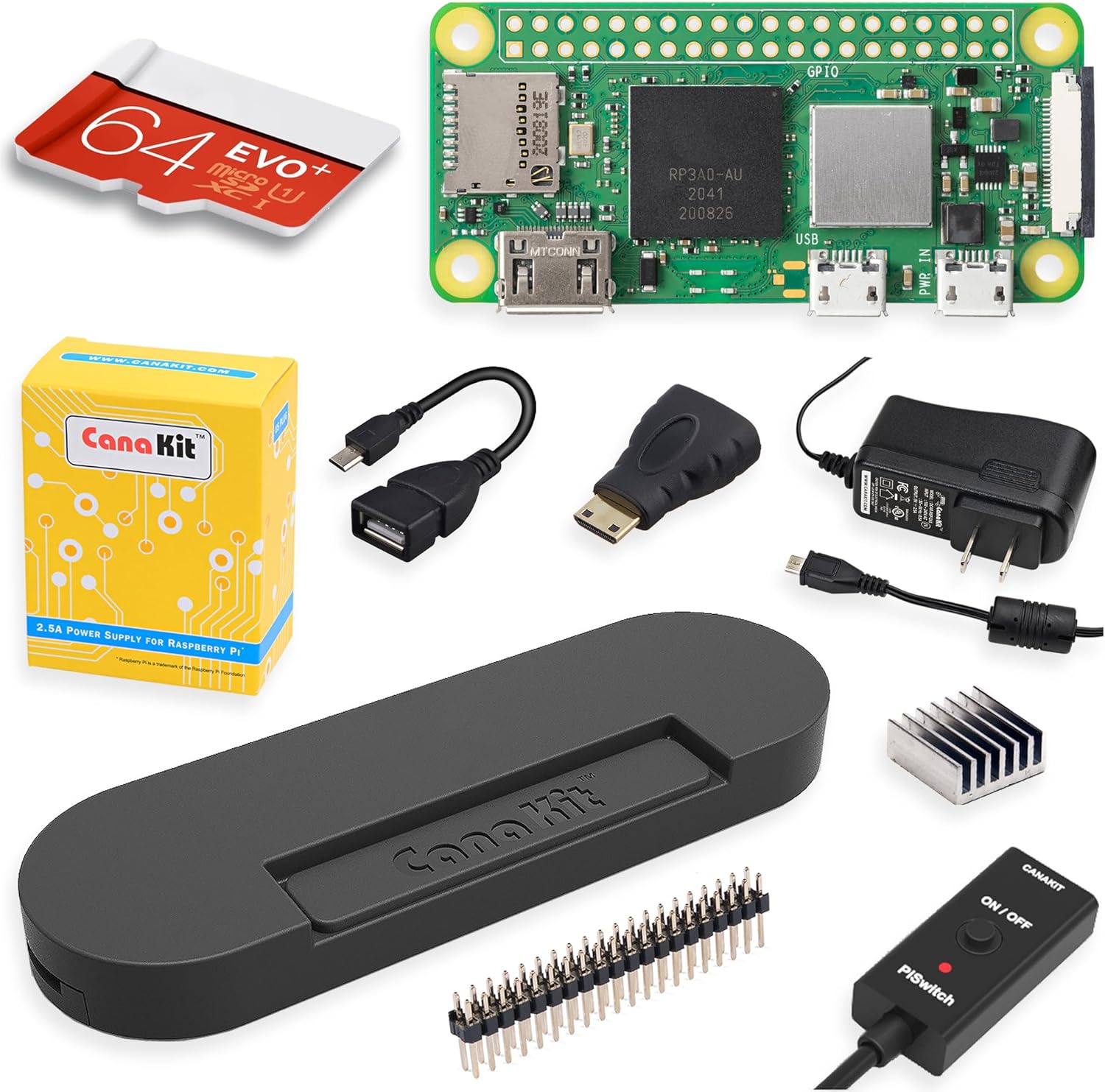Imagine a computer the size of a credit card that can power a weather station, teach kids to code, and even control a robot. That’s the magic of the Raspberry Pi. In a world where technology is often expensive and exclusive, Raspberry Pi stands out as a low-cost, high-impact tool that is reshaping how people learn, build, and innovate.
What Is a Raspberry Pi?
The Raspberry Pi is a small, affordable single-board computer developed by the Raspberry Pi Foundation, a UK-based charity. Originally created to promote basic computer science education in schools, it has become a cornerstone of the global maker movement. Unlike traditional PCs, Raspberry Pi boards are minimalist by design but surprisingly capable.

Popular models include:
- Raspberry Pi 4: A quad-core powerhouse with up to 8GB RAM
- Raspberry Pi Zero 2 W: Ultra-compact and ideal for embedded projects
- Raspberry Pi 400: A keyboard-integrated computer aimed at education
Each model provides ports for USB, HDMI, GPIO pins, and microSD storage, enabling it to run a full Linux operating system and handle everything from web browsing to programming and media streaming.
Why Raspberry Pi Matters
1. Accessible Learning Tool
Raspberry Pi opens doors to computing for students, hobbyists, and developers who may not otherwise afford traditional systems. With costs starting around $10, it’s more accessible than most textbooks. Platforms like Code Club and Raspberry Pi Projects offer free lessons and tutorials, making it easy to learn everything from Python programming to physical computing.
2. STEM Education Game-Changer
Educators use Raspberry Pi in classrooms to teach coding, robotics, and data science. Its hands-on nature makes it perfect for STEM (Science, Technology, Engineering, Mathematics) education. Schools worldwide use it to set up coding clubs and labs at minimal expense.
3. DIY Maker Culture
Raspberry Pi has fueled the DIY tech movement. Whether you’re building a smart mirror, weather station, retro gaming console, or home automation system, there’s a Pi project for you. The community’s creativity is boundless—and Hackster.io showcases thousands of open-source Pi-powered ideas.
4. IoT and Prototyping
Due to its small form factor and GPIO capabilities, Raspberry Pi is perfect for Internet of Things (IoT) applications. From smart irrigation to facial recognition door locks, it serves as a prototype-friendly device for tech startups and research labs.
Raspberry Pi vs. Traditional Computers
| Feature | Raspberry Pi | Traditional PC |
|---|---|---|
| Cost | Starting at ~$10 | Typically $300 and up |
| Size | Credit card-sized | Desktop or laptop form factor |
| Operating System | Linux-based (Raspberry Pi OS, Ubuntu) | Windows, macOS, Linux |
| Power Consumption | Very low (5-15W) | High (100W+) |
| Customization | High (hardware & software) | Limited unless DIY-built |
| Target Users | Students, makers, hobbyists | General consumers, professionals |
Real-World Use Cases
🏦 In Education
Many schools use Raspberry Pi to teach computing fundamentals. For example, a rural school in Kenya built a low-cost computer lab using Raspberry Pi kits, giving students access to digital learning for the first time.

📈 In Business
Retailers use Raspberry Pi for digital signage, while industrial facilities use them for monitoring sensors and automating tasks. In some cases, companies have used Raspberry Pi clusters for parallel computing and testing environments.
🤖 In Robotics
From line-following robots to AI-powered drones, Raspberry Pi provides the brains behind countless educational and hobbyist robotics projects. Its support for OpenCV, TensorFlow, and other libraries makes it suitable for machine vision and learning applications.
🏠 In the Home
You can use Raspberry Pi as a media center (via Kodi), smart home hub (with Home Assistant), or personal server. It’s a favorite among cord-cutters and automation enthusiasts.
My Raspberry Pi Experience
I first discovered Raspberry Pi while looking for an affordable way to teach my niece how computers work. We started with a Pi 3 Model B+, and within hours she was writing simple Python scripts and controlling LEDs. The joy on her face when her code lit up a light was priceless. Since then, I’ve built a weather dashboard using a Pi and a touchscreen, and even repurposed an old Pi into a VPN server.
The beauty lies in its simplicity. You don’t need to be a seasoned developer to build something meaningful. The Raspberry Pi community is incredibly supportive, and forums like Raspberry Pi Stack Exchange and Reddit’s r/raspberry_pi are treasure troves of advice and ideas.
Key Takeaways
- Affordability: At a fraction of the price of traditional computers, Raspberry Pi makes computing universally accessible.
- Flexibility: Whether you want to learn programming, build a gadget, or automate your home, Pi adapts to your needs.
- Community: An engaged, global community ensures help, documentation, and inspiration are always within reach.
Final Thoughts
Raspberry Pi isn’t just a device; it’s a gateway. Whether you’re a student exploring tech for the first time or a professional prototyping the next big thing, Raspberry Pi invites you to experiment, learn, and create.
So, if you haven’t already, grab a Raspberry Pi, fire it up, and let your imagination run wild. You might just invent something remarkable.
🔗 Explore More:
🙌 Found this helpful? Share it with a friend, drop a comment with your Pi project idea, or subscribe for more DIY tech insights!







